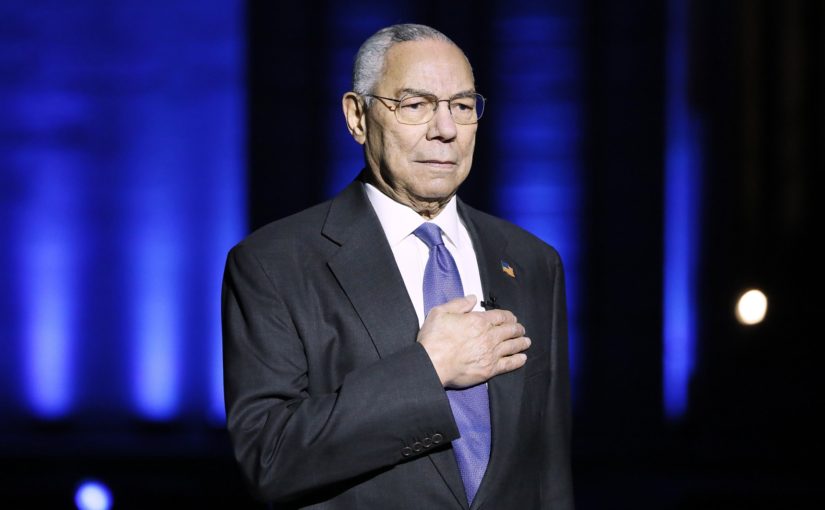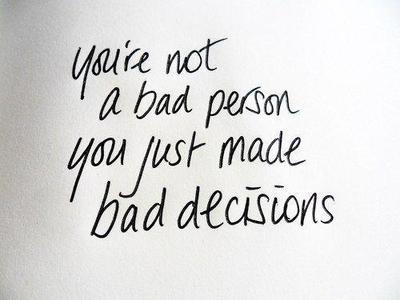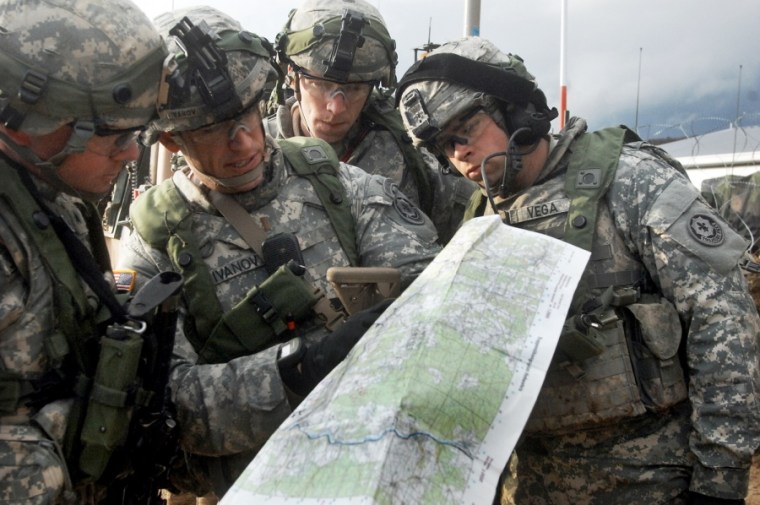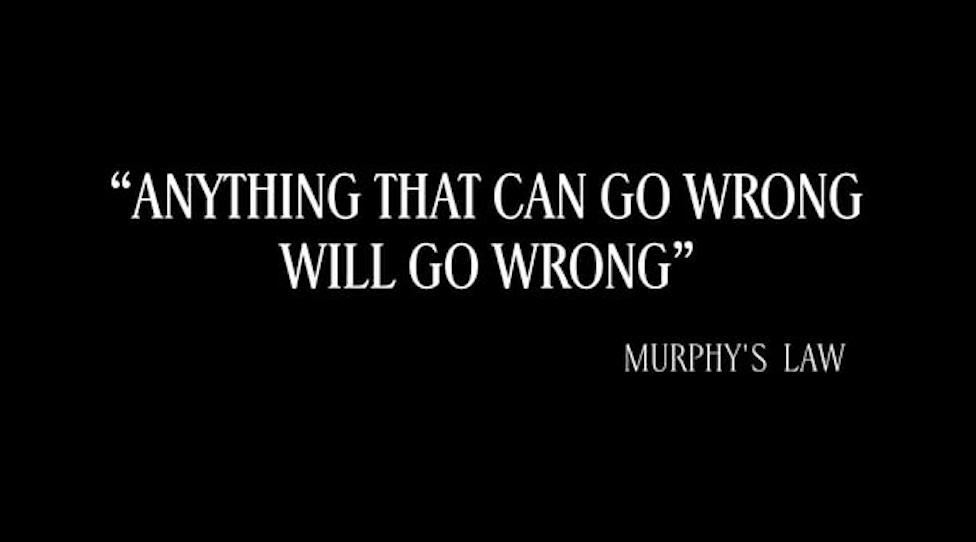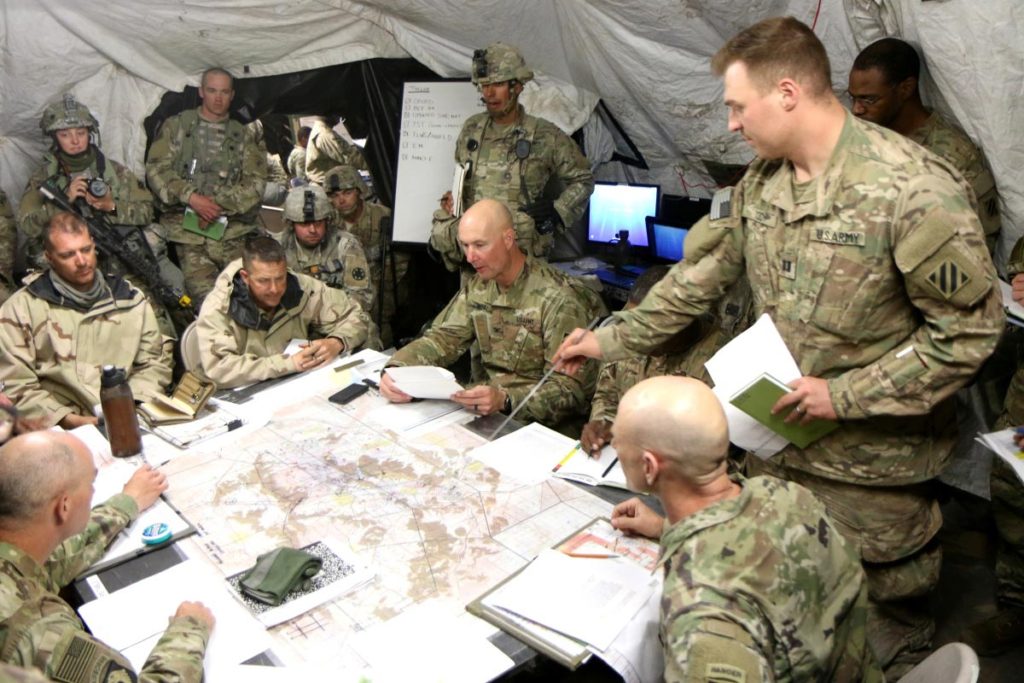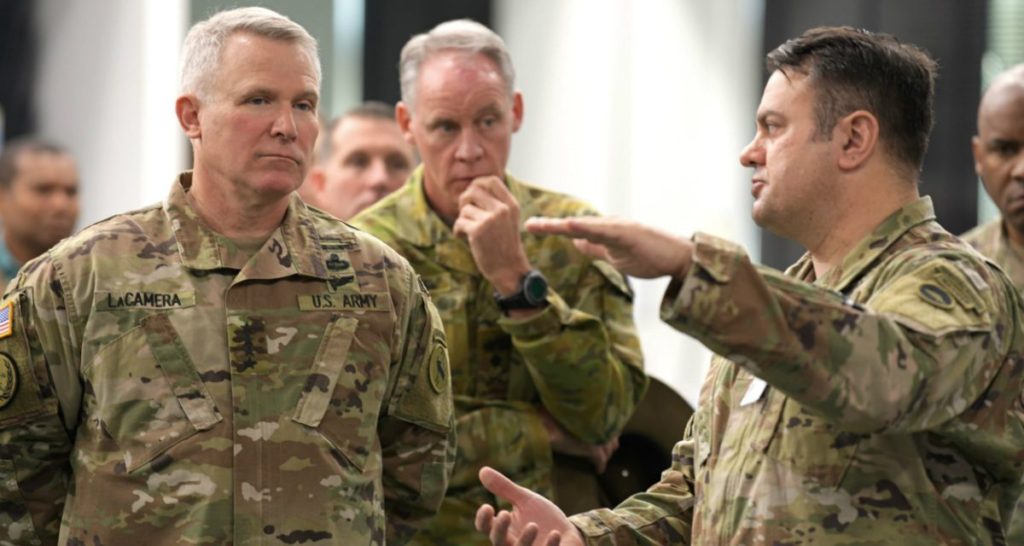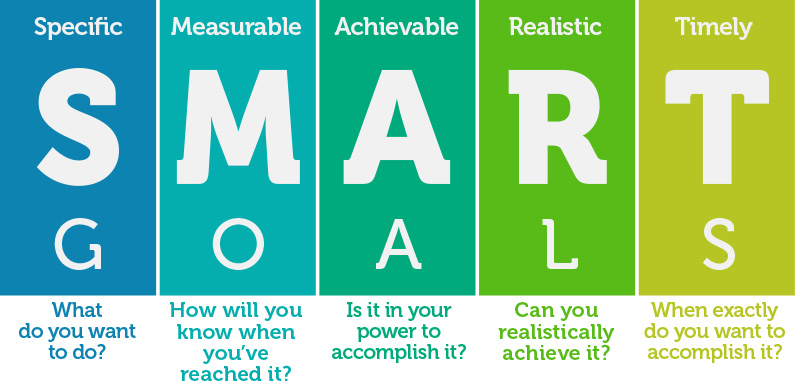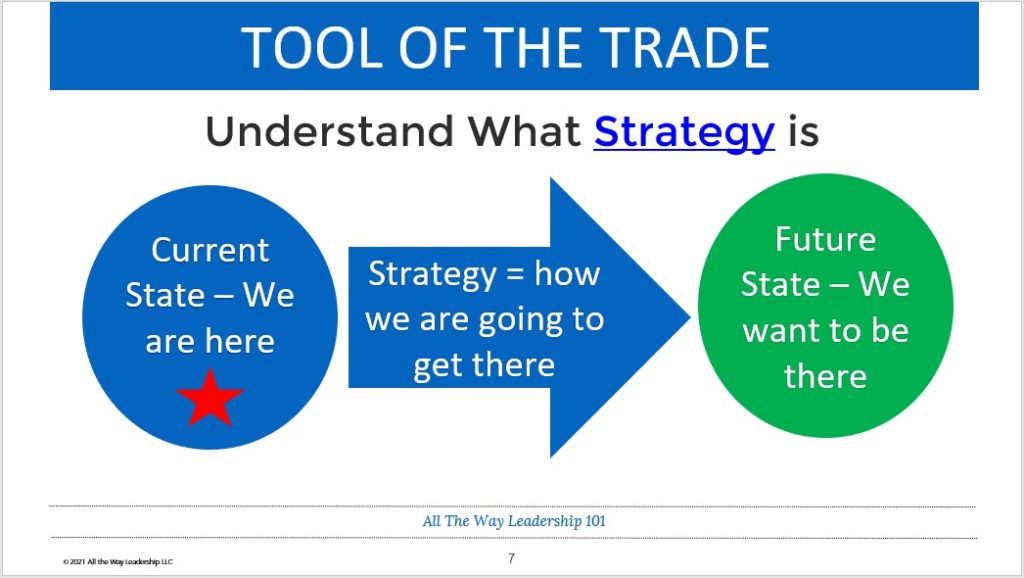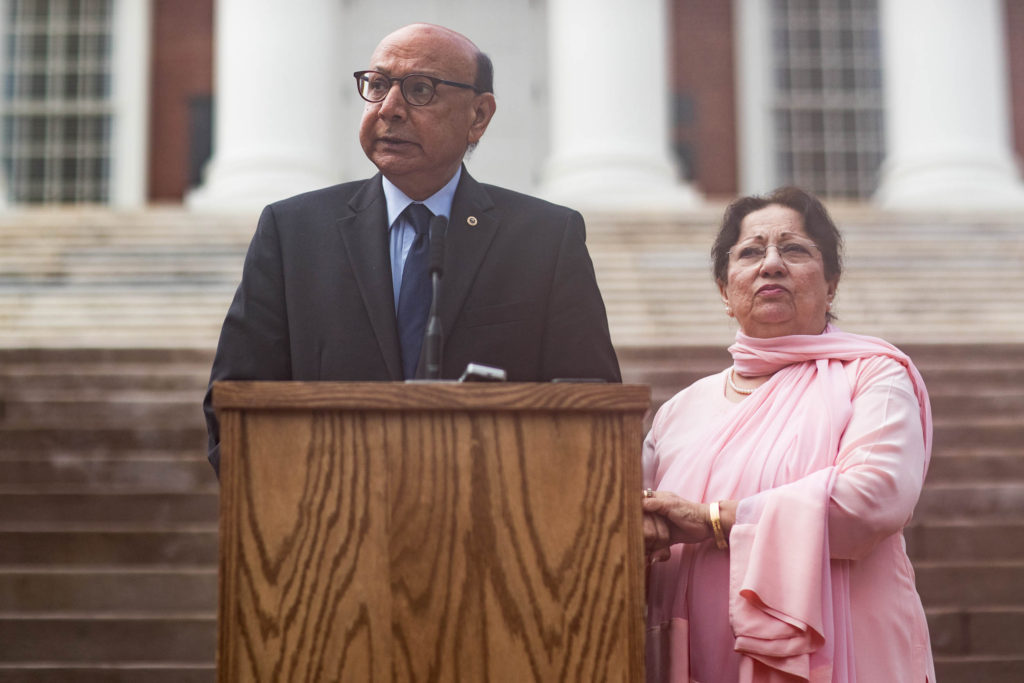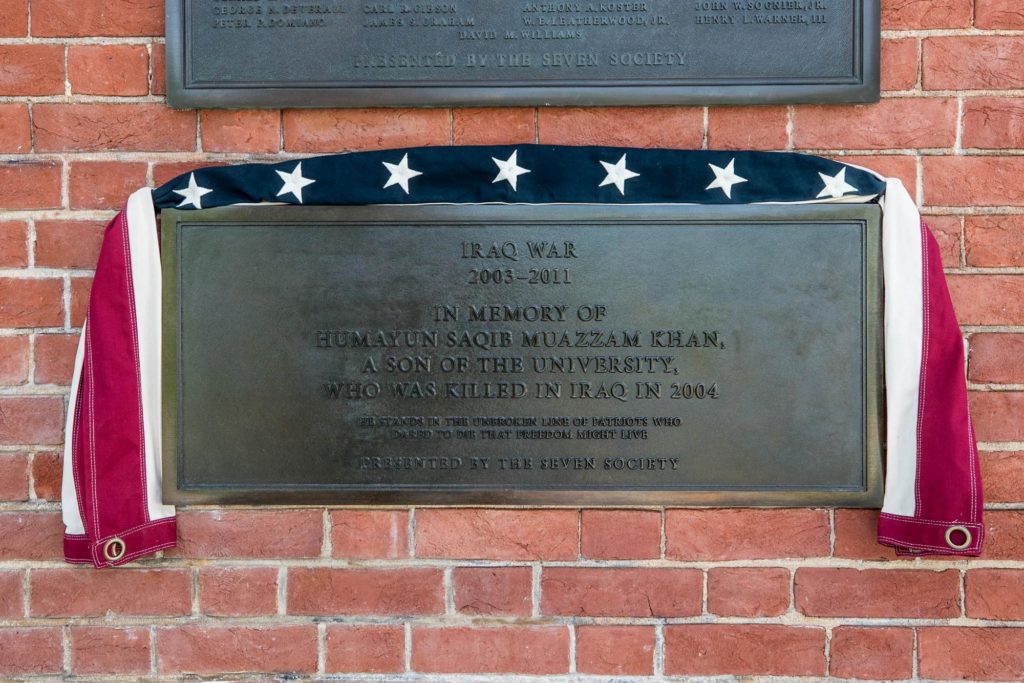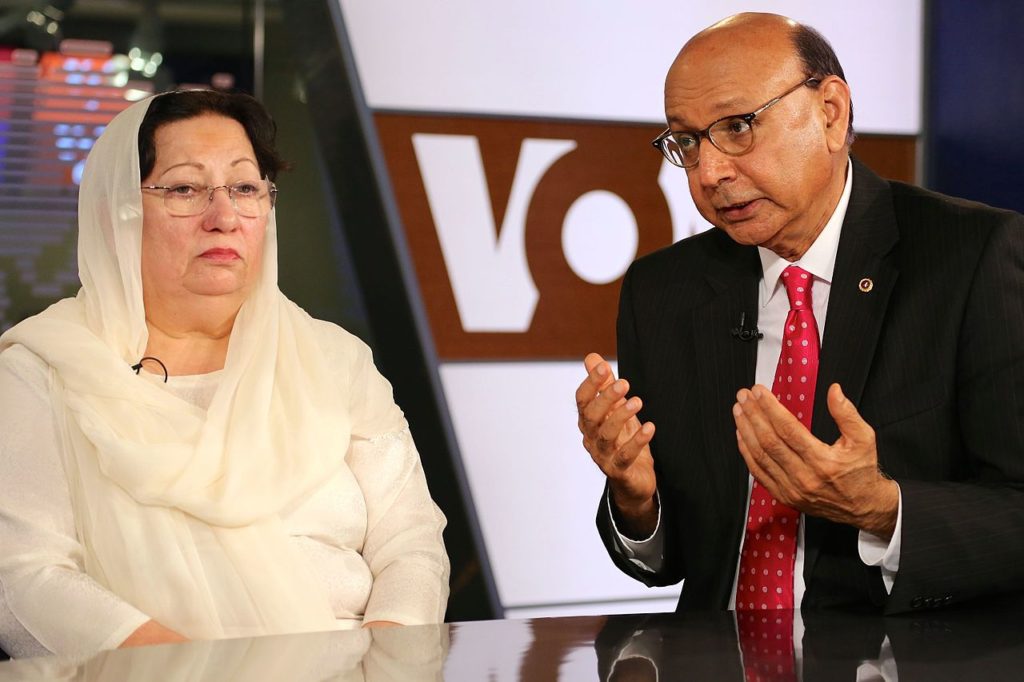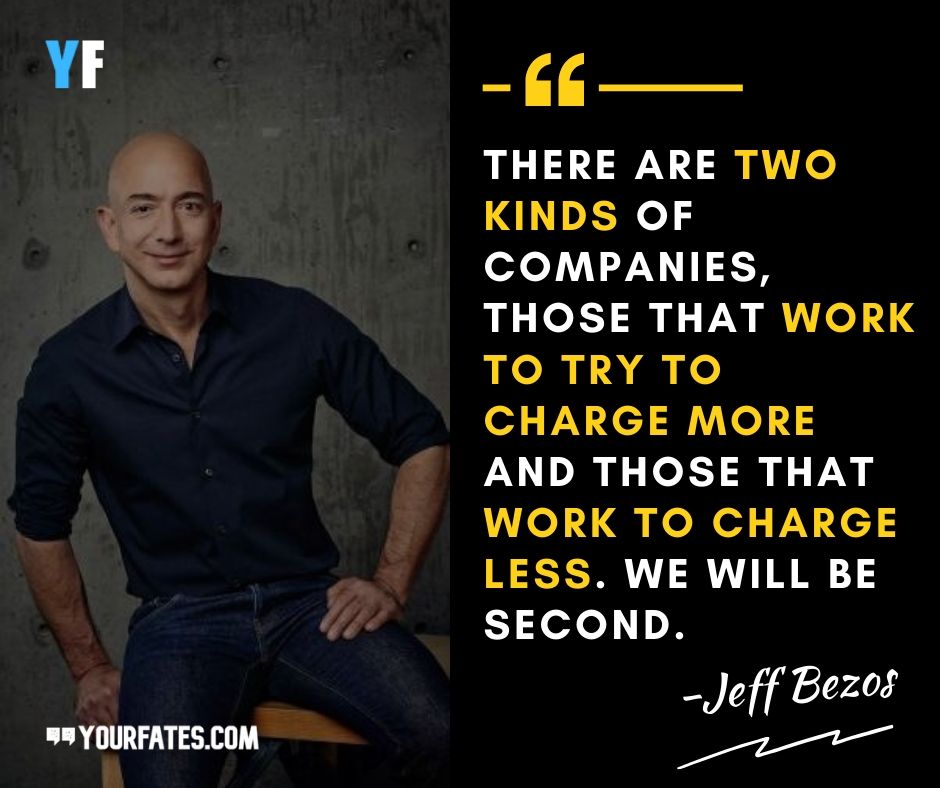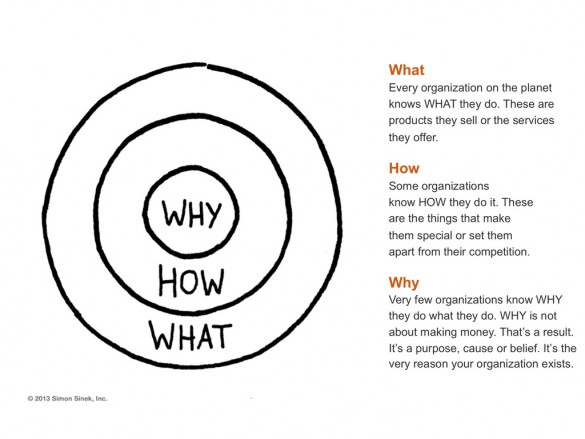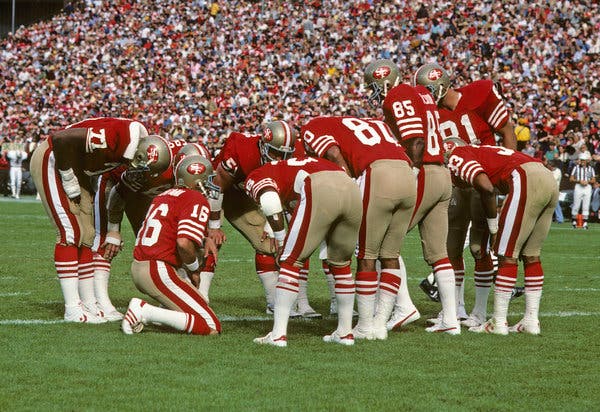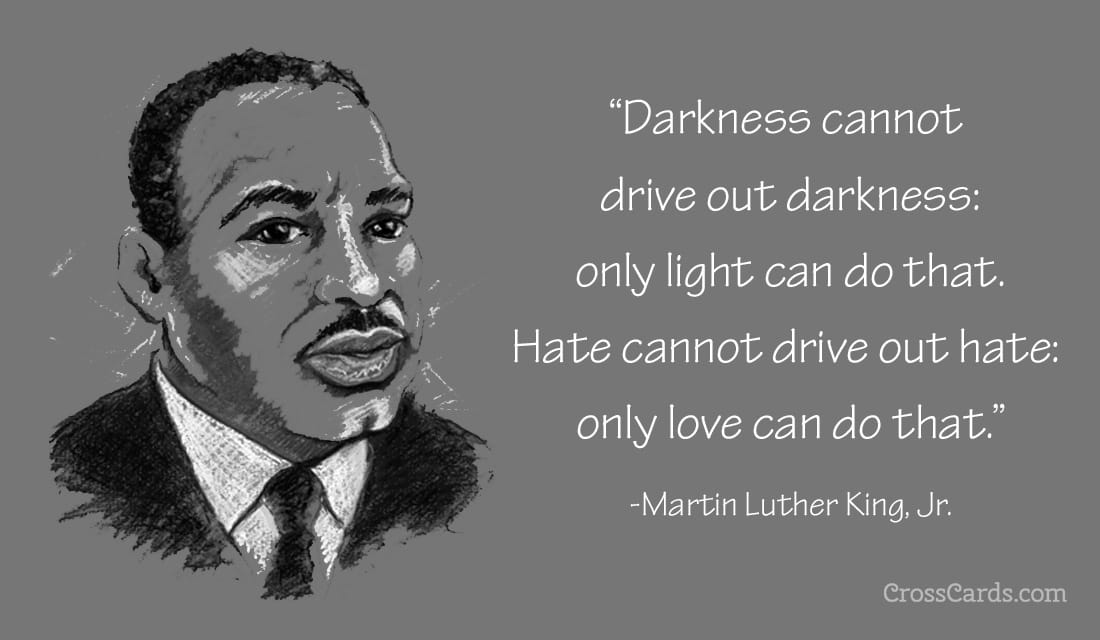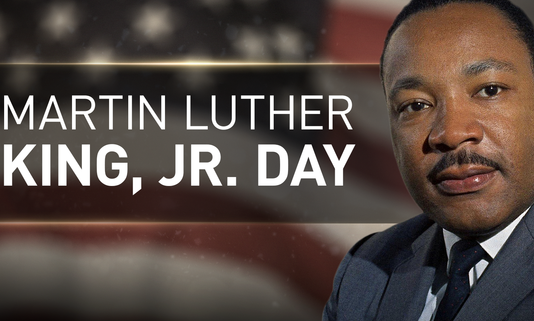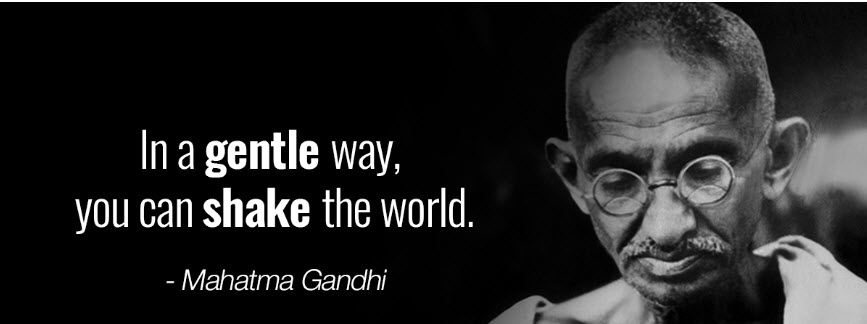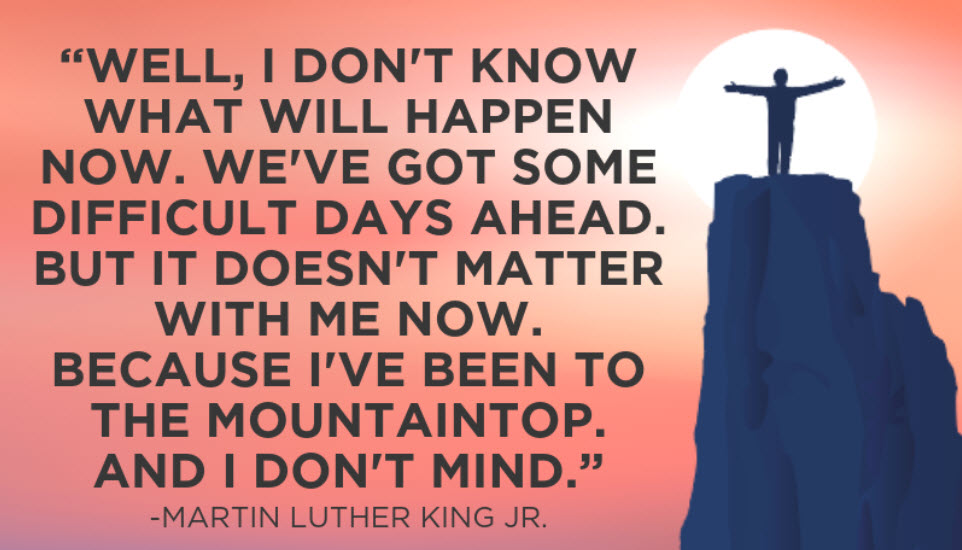We recently learned the news that General Colin Powell passed away. I am reposting an article I wrote about his trusted perspective on leadership. General Colin Powell will be missed. Given the challenges we face in the world these days, we desperately need more leaders like him who lead the way when it mattered most. RLTW!
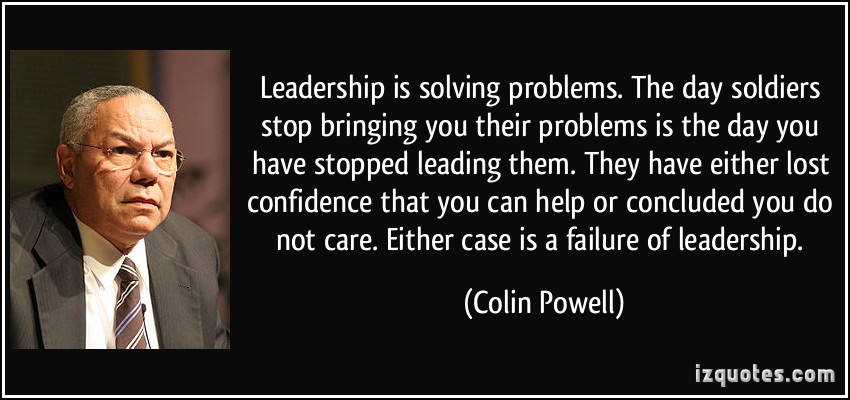
Who was General Colin Powell?
General Colin Powell was one of the greatest US Army Generals in the last century. According to Wikipedia Powell was a professional soldier for 35 years. He held a myriad of command and staff positions and rose to the rank of 4-star General. Powell completed multiple combat tours in the Vietnam War. General Powell served as National Security Advisor (1987–1989), as Commander of the U.S. Army Forces Command (1989), and as Chairman of the Joint Chiefs of Staff (1989–1993), holding the latter position during the Persian Gulf War.

General Powell was a pioneer
Powell was the first African American to serve on the Joint Chiefs of Staff. He was the 65th United States Secretary of State, serving under U.S. President George W. Bush from 2001 to 2005, the first African American to serve in that position. His resume as a leader is impressive. I trust his leadership perspective.
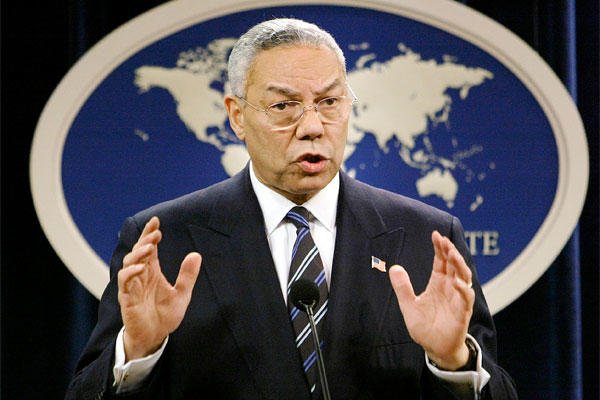
What did General Powell accomplish as a leader?
The list of General Powell’s accomplishments as a leader is too long for this blog. For his service, General Powell received numerous U.S. and foreign military awards and decorations. Powell’s civilian awards include two Presidential Medal of Freedom, the President’s Citizens Medal, the Congressional Gold Medal, and the Secretary of State Distinguished Service Medal. He also wrote multiple books. I read two of them (My American Journey, It Worked for Me: Lessons in Leadership and Life). I highly recommend both.

How did he view leadership?
In his books, Colin Powell describes a practical view of leadership. I trust his judgment. He has more experience than most leaders. His track record speaks for itself. General Powell was highly successful in numerous leadership roles. My favorite leadership quote by him is below. It describes the specific actions that leaders should focus on to be successful.
Leadership is solving problems. The day soldiers stop bringing you their problems is the day you have stopped leading them. They have either lost confidence that you can help or concluded you do not care. Either case is a failure of leadership.
General Colin Powell
Powell and Drucker both believe what you do matters
General Powell’s leadership perspective is similar to Peter Drucker’s. According to both of them what you do as a leader is important. Powell points out that you must be able to take care of your people and solve their problems. Otherwise, they will stop following you. In other words, competency counts, and actions speak louder than words.

Powell’s leadership view is accurate
You demonstrate leadership skills by solving problems. If you cannot, then why are you in charge. Also, it is one thing to tell your team members you care about them. It is another thing to actually solve their problems. If you do one without the other you are failing as a leader. We all probably know at least one leader who talked a big game, but never followed it up with actions. Don’t be that kind of leader.
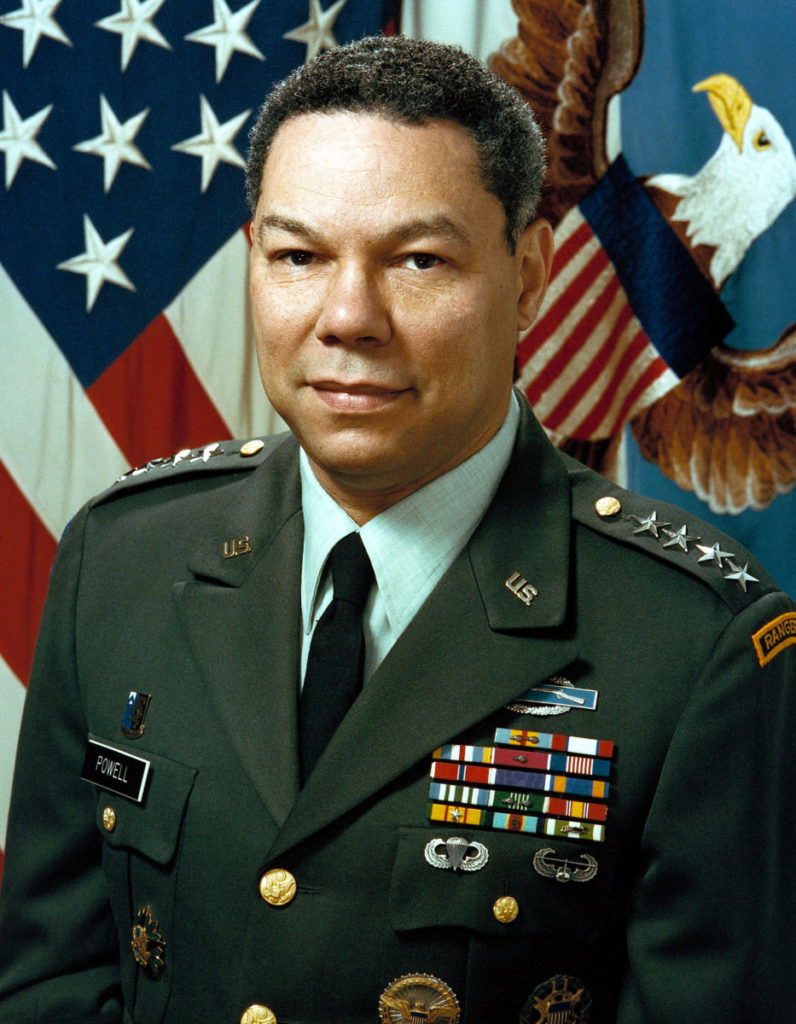
ATW! is designed to make you a better leader
I hope you join me on this journey to raise up the next generation of leaders. The world is in desperate need of more great leaders. Women and men who lead with confidence, clarity, and creativity. It’s time to become the leader that your world needs. Let’s go All The Way!
